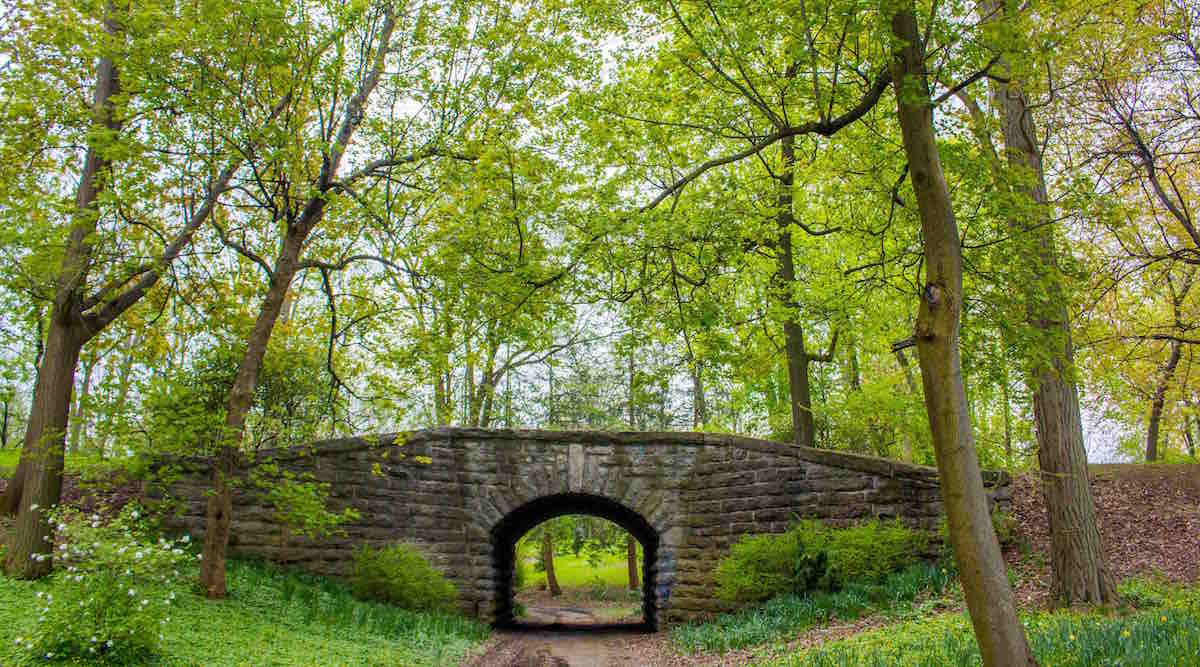
RESTORING BUFFALO’S PARKS, INCLUDING DELAWARE PARK, WOULD MAKE FOR A SAFER AND HEALTHIER POST-PANDEMIC BUFFALO.
It is said of urban design that there is no neutrality. The built environment either serves to hurt or heal.
A decade of expressway building in 1950s Buffalo fed the era’s obsession with automobiles, hurt city neighborhoods and obliterated more than 80 acres of Olmsted parks and parkways.
The Kensington Expressway destroyed nearly 45 acres of parkland, including Frederick Law Olmsted’s grandest parkway, denying for decades an entire neighborhood the enjoyment and health benefits that parks offer which the non-profit neighborhood-led Restore Our Community Coalition is seeking to address by reclaiming Humboldt Parkway. A state-funded initiative to examine options for meeting those goals continues.
The Scajaquada Expressway bisected Delaware Park and stole more than 40 acres from it. The Scajaquada’s recently reduced speed to 30 mph makes the expressway no faster as a commuter route than adjacent city streets. This strongly supports the position that it should be replaced with a bike and pedestrian-friendly, generous, at-grade parkway There is $71.2 million in federal transportation funding and $17.8 million in state resources approved for these improvements. The Buffalo Olmsted Parks Conservancy and other members of the Scajaquada Corridor Coalition have worked for and fully support these restorative initiatives. Further west, neighborhood advocates point out that the elevated section of the Scajaquada Expressway turns what should be a prime amenity for historic downtown Black Rock, its Scajaquada Creek waterfront access, into a source of blight, noise and pollution – and they want it gone.
Buffalo suffered much death and destruction from the cholera pandemic of 1849-54. Thousands of lives were lost. Public parks and sewer and water treatment systems were built in response to that pandemic.
Before Olmsted became a renowned landscape architect, he was a public health care worker during the Civil War and lost his first son to cholera. He was a leading journalist covering the pre-Civil War south and he co-founded the Nation, the oldest progressive publication in the country.
His park system in Buffalo included novel parkways to make them accessible to all, embracing the democratic and inclusionary principles that defined his work. Unlike typical small urban parks of his day, there were no fences, gates or walls. The park and parkway system that Olmsted proposed in 1868 would grow to become an 850-acre system – consisting of six major parks, eight parkways and eight traffic circles. Buffalo’s leaders at the time boldly embraced what would become the nation’s first and grandest park system. Sadly, nearly 100 years later, expressway building destroyed essential parts of that system that we could see restored in our day.


